On 4 June a PGR trip was arranged into London to visit two very different exhibitions, ‘Defining Beauty’ (British Museum) and ‘The Production Line of Happiness’ (Whitechapel Gallery) followed by a professorial lecture held at Goldsmiths University. The following gives a brief account of the exhibitions, along with thoughts and comments from those attending the trip.
The day began with a visit to the British Museum to see the ‘Defining Beauty‘ exhibition. The focus was on the representation of the human body in ancient Greek art (and Roman remodelling). While Egyptian art had sought to cover the body, the Greek aesthetic was to represent the naked human body as both as an object of beauty and a bearer of meaning. At the opening of the show was a marble statue of a naked Aphrodite crouching as she bathes (a Roman copy of a Greek original, 2nd century AD). The statute is placed such that you arrive to see her from behind, with her finger-tips just hovering over one shoulder as if beckoning, making for a somewhat an erotic image. The wall text at the opening also reminds of the relationship made in the ancient Greek period between the human body and demos or democracy. This opening scene immediately set a theme for the day of the political aesthetic.
After the British Museum, we moved onto the Whitechapel Gallery for Christopher Williams’ ‘The Production Line of Happiness‘. The contrast couldn’t have felt much greater. In the mould of the anti-aesthetic, this exhibition while ostensibly a show of photography, is very deliberately staged to reveal its own sense of display. Elements of the previous exhibition held in the same space are visible, walls are brought in from other exhibitions, and elements of the work shown are placed in the foyer as as well as the designated gallery spaces. All in all the exhibition offers a defamiliarisation of curatorial display. However, while deconstructing the gallery setting, it is arguably an environment that is still inward looking – a critique of and for the few, not the many – unlike the human forms that we encountered in the British Museum (though it ought to be noted, the The Whitechapel exhibition was free entry, while the British Museum charged a high premium for an exhibition that was largely put together based on the Nation’s own collection!).
After visiting these two exhibitions, we ended the day at Goldsmiths to hear a public, professorial lecture given by Prof. Sean Cubitt, in the Media and Communications department. His lecture, with the title of ‘Political Aesthetics: Becoming Human’, began by suggesting a need to shift from the typical ‘political’ image (such as we might associated with the Obama ‘Hope’ poster of his 2008 election campaign). Instead, Cubitt placed attention upon a satellite image, looking out to the planet Saturn. This, Cubitt argued, was a deeply political image. We were told, for example, how the fuel powering this device orbiting the earth to bring us the image came from the uranium mines on aboriginal lands in Australia. As a form of cognitive mapping, whereby we need to reestablish an understanding of how we make meaning (and how all meaning is mediated) Cubitt considered not want that internet does as such, but rather what is made of. How it is powered, how it is transmitted, how it is discarded. In all cases, the contents is borne of political-economic condition that precedes it. In effect, the traditional questions of aesthetics about truth, beauty and the good (as we encountered in the British Museum exhibition, and then challenged at the Whitechapel) were recast in Cubitt’s talk to consider a new materialist and ecological take on both politics and aesthetics. We were asked to consider a new ‘human’, or at least a new set of rights for society that incorporations not just the human body, but the interacting ‘body’ of computers and land.
Thoughts & Commentaries
Jane Birkin: Through a survey of his own work, Christopher Williams references the multiplicity of photographies that can be found across a variety of milieus; this exhibition is not about the status of the single image, but the production and deployment of many. Some pictures have the look of those used in advertising, mainstream publications or commercial catalogues; there are indexically captioned plant typologies; and visually perplexing images that reject categorisation. There are layers and back-stories to these images that we are consistently and purposefully not told. A small document displayed on the upper floor playfully suggests that these images have been found and purchased as a ‘job lot’, bringing us forward to the shifting, authorless, decontextualized state of the photographic image today.
Williams presents us with the techniques of photographic production. An immaculate picture of the technical apparatus itself confronts us at the start: finger on shutter, it is a fitting introduction to a display of perfectly rendered images. But there are imperfections within the pictures, including the noticeable inclusion of photographic equipment, that would normally be lost in cropping or other post-production methods: thus we are not looking at the image itself but rather at its making. In a further technological referencing, the green colour that runs through the exhibition is that of the Fuji film carton. This same green dominates the exhibition catalogue, a beautifully constructed publication that contains none of the images from the exhibition. Why would it when there are important discussions that can be had around this work without its re-production?
In any case the catalogue could never replicate the affect of the installation, and it is this installation that is most immediately striking: the photographs are hung somewhat low on the wall, with the detritus of the previous exhibition becoming an integral part of the exhibition concept. The marks and imperfections on the walls, together with the swathes of Fuji green, interrupt the flow of the already disjointed collection of works and parallel the flaws in the images themselves. The installation presents as much of a deconstructed and voyeuristic view of exhibition making as it does of photographic production.
*
Elham Soleimani: Visiting the exhibition ‘Defining Beauty’ provided me with a space to reflect on my own research and creative practice and, as my work mainly concerns the human body (in particular, the female figure), sexuality and veiling/covering, I believe that all these topics have been greatly explored through ancient Greek art. The human body, specifically its representation and beauty, has indeed received a great deal of attention from all civilizations throughout different eras, however, ancient Greek art explored the representation of the human body not only as an object, but also as a source of meanings. For instance, in one Assyrian scene titled ‘A Chronicle of Cruelty’, nakedness symbolizes failure and dishonor and the sculptures of women’s bodies are covered to represent their modesty and their desire to maintain their reputation.
Despite the wonderful masterpieces in this exhibition, one of the most fascinating features was a booklet with tactile images along with braille text, designed for visually impaired “viewers”. I sat there and simply touched the images. I tried to understand the lines and where they were trying to direct me. In fact, these lines introduced me to a new way of understanding and creating images that I am eager to experiment with, as my own creative practice concentrates on graphic illustration, the effect of lines and the emotions and understanding that one might achieve through them.
*
Cheng-Chu Weng: The first stop: to view the classical sculptures at the British Museum. Practicing, the Chinese idiom ‘讀萬卷書,行萬里路’ , means ‘in order to attain wisdom, it is not enough merely to read books, you must be well travelled as well’. I have been researching the classical body in art through reading, yet inevitably the visit really helped increased my knowledge. It was magnificent that my own body was able to be around the sculptures, they seem so much more alive than photographs and video. From this point of view did there is a link with Professor Sean Cubitt’s lecture: Becoming human-Political aesthetics, given at Goldsmiths University. Two keywords in my research are pixel and body. At the beginning of the lecture Cubitt offered a critical view of the structure of image in hyper-reality, noting how pixels presented in grids of four via the ubiquitous CCD chip. He believes moderns are dominated by pixel and CCD chip. The images produced by high technology are political, such as an image of a faraway planet in the solar system. The reason that images from science or geology can be political, particularly today, is that we economically we rely on data. What we see or believe is through photography and computer screens, which construct data. This may seem to lack the aesthetic of more obvious political images, yet they are able to ‘enclose’ knowledge; again ‘in order to attain wisdom, it is not enough merely to read books; you must be well travelled as well’. Following Cubitt’s explanation of the human body, which could be analysis three types of the body, flesh (physical body), consuming/ labor body and body as the embodiment with technology, they are in the form of the political. Compare this with the classical body, engaged with myth and human desire; although through their display at the British Museum they become a political body as well. In the end, Cubitt left a fundamental, but challenging question: How should we be human?
*
Oliver Peterson Gilbert: Sean Cubitt’s inaugural lecture, drawing on material archaeologies and the inherent politics of objects, was as alarming as it was insightful. His deconstruction of the eco-political implications of technological matter, from space telescopes to the icons on your computer, demonstrated our total complicity in the destruction of the planet. In particular, Cubitt’s use of Marx’s Grundrisse to reflect upon contemporary post-industrial cognitive-cultural economies and the plight of the digital factory worker was thought provoking and showed the continued relevance of this text in the 21st century. Despite the ominous nature of his lecture, Cubitt used this public platform as a call-to-arms: presenting the case for a reclassification of the political to include both non-human and human actors, a radical vision which goes someway towards reforming the mankind’s political relationship with the planet.
*
Xiao-yang Li: In a metaphoric sense, The British Museum’s exhibition is an event of human bodies confronting the ideals of a different set of human bodies from an era 2000 years apart. We, dwellers of our technology-obsessed time that worships the robotic and prizes the latest touch screen sensations, have come to witness a period with a special people who dared to understand their own body at its fullest, its most natural, most awkward and most beautiful moments! The Classical world did not just arrive out of nothingness, it followed Mycenaean civilization and the dark geometric era, borrowed iconographies and divinities from a mixture of Mesopotamian and ancient Egyptian beliefs, arose from the thousand-fold imperfect and crude Archaic votive figures and with its own gods and rites and Homeric ideologies, come into full blossoming. Here gods and goddesses were sculpted into their monumental splendidness, statues of larger-than-life size bodies were erected against other bodies or attached to an architectural fragment, vivid scenes of brutal killing or mythical rites were depicted on reliefs, and there lies countless broken bodies without an arm or a head or the ‘deep breasted bosom’…
 Perhaps the Greeks were the first official ‘realist’ artists, their understanding of the human bodies does not only concern with a higher degree of likeness through a more advanced sculpting technique, it also comes with a sense of human drama and errors. Therefore the divine and the mortals were represented side by side, possessing the same errors and beauties, and we watch this drama unfold before our eyes like the opening pages of an Homeric epic. The full confrontation with nature itself gave rise to meanings in a multi-fold dimension. It grants beauty and grace to all godly abductions, to the scene of the killing, to war, and to the translucently flowing draperies of Artemis’ dress that reveals part of her inner thigh in the most erotic manner. For the Greeks life comes with death and rape, virginity is paired with child-bearing and animal-sacrificing, blessings are peppered with curse and agony, concealment never fully shy away from the sensual exposure of playfulness, the absolute beauty arose from the ugliest castration of the universe, femininity only thrives when in tuned with masculinity. Here it seems the aesthetic reigns above all morality, and the beautiful Olympian gods are still busy entertaining themselves with their outrageous deeds that no mortal could understand. From the body, a sense of the divine is associated with a sense of reality, which reminds us of what we are as human beings, but this divinity is never fully real, for it is too idealized, and partially they are too close to nature they are at once very far away from human conducts. What di the Greeks dream? Was it filled with fantasy and sweet utterings? Or was it darkness of a storming night where all living creatures were erased and destroyed? It is difficult to tell, but we might think the Greeks’ dreams were of a strange set of comic tragedy. Their gods, who maintained in a human body, were so hard to please, it makes one wonder if the reality of human beings that the Greeks discovered was one of catastrophe and inevitably fateful existence. The naturalistically depicted gods and goddesses are the very epitome of this reality, in which humans, with their desperate awe towards nature, confront themselves and find that least human part from within. So what do we make of our current era – an era that slips away from this direct confrontation, are we wise to avoid that sense of the reality, that which could be so real that no human beings can bear anymore?
Perhaps the Greeks were the first official ‘realist’ artists, their understanding of the human bodies does not only concern with a higher degree of likeness through a more advanced sculpting technique, it also comes with a sense of human drama and errors. Therefore the divine and the mortals were represented side by side, possessing the same errors and beauties, and we watch this drama unfold before our eyes like the opening pages of an Homeric epic. The full confrontation with nature itself gave rise to meanings in a multi-fold dimension. It grants beauty and grace to all godly abductions, to the scene of the killing, to war, and to the translucently flowing draperies of Artemis’ dress that reveals part of her inner thigh in the most erotic manner. For the Greeks life comes with death and rape, virginity is paired with child-bearing and animal-sacrificing, blessings are peppered with curse and agony, concealment never fully shy away from the sensual exposure of playfulness, the absolute beauty arose from the ugliest castration of the universe, femininity only thrives when in tuned with masculinity. Here it seems the aesthetic reigns above all morality, and the beautiful Olympian gods are still busy entertaining themselves with their outrageous deeds that no mortal could understand. From the body, a sense of the divine is associated with a sense of reality, which reminds us of what we are as human beings, but this divinity is never fully real, for it is too idealized, and partially they are too close to nature they are at once very far away from human conducts. What di the Greeks dream? Was it filled with fantasy and sweet utterings? Or was it darkness of a storming night where all living creatures were erased and destroyed? It is difficult to tell, but we might think the Greeks’ dreams were of a strange set of comic tragedy. Their gods, who maintained in a human body, were so hard to please, it makes one wonder if the reality of human beings that the Greeks discovered was one of catastrophe and inevitably fateful existence. The naturalistically depicted gods and goddesses are the very epitome of this reality, in which humans, with their desperate awe towards nature, confront themselves and find that least human part from within. So what do we make of our current era – an era that slips away from this direct confrontation, are we wise to avoid that sense of the reality, that which could be so real that no human beings can bear anymore?
*
Hazel Atashroo: On being asked, after the event, to respond to Sean Cubitt’s inaugural speech at Goldsmiths last week, I wished that I had had the foresight to take some notes. I foresee that I will have to risk relying on memory, living with my fear that my omissions might outlive me, on a data server, somewhere. A gulf frequently appears between what we initially intend, what actually we do, and the broader consequences.
Sean Cubitt discussed his new research, which returns to the ‘design and materials’ of media technologies and their role in delimiting ‘the political’, how people conceive of and experience ‘politics’ in the digital age. This points towards the issues that have long occupied the area of the social studies of technology in general: the relationship between the ‘socially constructed’ nature of human productive activities, seen in aspects of material choice and design context, and their intended and unintended broader consequences.
The other fundamental part of this relationship is one of feedback in which the products and processes of human invention in turn re-create the human: changes which may occur ‘below the radar’ of our awareness. Ideologies embodied in everyday technologies- can have enabling, as well as powerfully delimiting effects on human life. Cubitt’s discussion appeared to follow in this critical interest, once indicated in Langdon Winner’s call for a ‘theory of technological politics’.Many years prior to this, Günther Anders wrote of humankind’s ‘Promethean Discrepancy’ – the gulf between human ability to create new technologies and the ability to visualize the consequences. Anders identified the need for a ‘moral imagination’ to avoid the kinds of technological developments that made atrocities like Auschwitz, Hiroshima and Nagasaki possible, and ecological disaster imminent.
In his speech, Cubitt mentioned the centrality of the data spreadsheet, an unassuming technology upon which life or death decisions are made. This impersonal utilitarian vista dominates the daily experience of workers across the globe. Does the spreadsheet have a ‘moral imagination’?
See also: Anders, G. Die Antiquiertheit des Menschen [The Obsolesence of Human Beings](1956; 1980). Bijker et. al. (1994) The Social Construction of Technological Systems. New Directions in the Sociology and History of Technology; Schraube, E. ‘Torturing Things Until They Confess’: Günther Anders’ Critique of Technology (2005); Van Dijk, P. Anthropology in the Age of Technology: The Philosophical Contribution of Günther Anders (2000); Winner, L. The Whale and the Reactor. A Search for Limits in an Age of High Technology (1989).
*
Sarvenaz Sohrabi: Although I have read in the past about the art of ancient Greece, the opportunity to look at the works shown at the British Museum while currently engaged in my own practice-based research brought to me new understanding of the works. Artworks, regardless of their aesthetic effects, are carrying messages in different fields and at different time of human thought. Hence they are a type of intermediate cognition of the past and present. Significantly, however, although about half of the human population are women, art history is frequently masculine, with women in second place. The lesser role of women in Greek art is visible. Most of sculptures show powerful men with strong bodies. Even romantic stories on urns were designed to illustrate the love story of heroes. Visiting the exhibition made me think again about the gender-bias of gods and religions in different art periods.
*
Simiao Wang: The sculptures embody religious functions based on Greek mythology, while its copy represents new politico-religious in Roman context, which emphasis on the duties of human instead of God (contributing to the collapsing of Greek culture). Human beings becomes the city culture identity in Roman empire time rather than God and Goddess, who are no longer enjoy the sacrifice dedicated on the shrine, but transfer from the sexual dimension and lustrous motifs to masculinity of warriors, heroes, and beauty of real human beings, from solemn tradition to a luxury art fashion and assumption of bureaucratic and the wealth.
No matter how eagerly the human beings are striving to replace the position of God in religions, the copy is fake but far more a simple intimation of physicality embodiment of figure but a creative methodology to enfranchise the power of body to a mundane, such as A Roman Lady as Venus (Ny Carlsberg Glyptotek), which has a personalized face with Venus body in order to make it look like a real Venus from Greek, this sophisticated way of engaging Goddess with mundane features to propagate the victor of human beings, in my perspective of view, loses the beauty of original function in aesthetics and religious, even worse, it is a braggadocio of the omnipotent of human beings.
Professor Sean Cubitt points out three virtues of human beings: consideration, wonder and hope. ‘ The hope is hope for a future that is not this one’, he also proposed that we should ‘ refuse the present and open the gate to the future’; if we make the hypotheses that Greek is the past, Roman is the present, and then what is the future? By putting a head on the tradition of beauty’s body could not be the future, for future is a partial denial of the past by respecting the past as what it was, and behind the head and its copied body, the political, economic and easthetic expenditures of celebrating the omnipotent human sculpture can not be ignored, the ceremonies of tradition still carries on with new fashion of wealth consuming. The beauty, decreased in the sense of pure ideological concept for the connections between human and God are vague and unimportant, while the tradition, or the media works as the bridge. In Roman’s case, the media is the sculpture and could also be the expenditures, the warriors, the craftsman and even the public who are getting involved in the ceremony. As Sean said, ‘ the human activities of massive expenditures in ceremonies of wild joy is the anti-aesthetic design to function instead of beauty pleasure.’
In a larger picture, the sculpture and everything behind the scene of sculpture becomes a geology of meditation, a phenomenon of ecological principle, or the fact of human beings become the minimal components of machinery world of celebrating in a shopping experience on ceremony. Quoted from Sean ‘media is not human, it is a thing.’ A thing without judgment on virtues and sins, but ‘can be more trustworthy than human beings’ for things have non-human being character and things knows things, but we, human beings, do not know each other. And in this media world, we lost the human character (it reminds me of robotic in science fiction) for we are volunteering to be part of the media.
Should we accept the fact that we are media instead of human beings? I think it is challenging to answer the question but the pleasure of appreciating the copy of sculpture of Venus is real, even though the original of Venus lost in 300 BC but we can still imagine there is a beauty once exist rather than not.
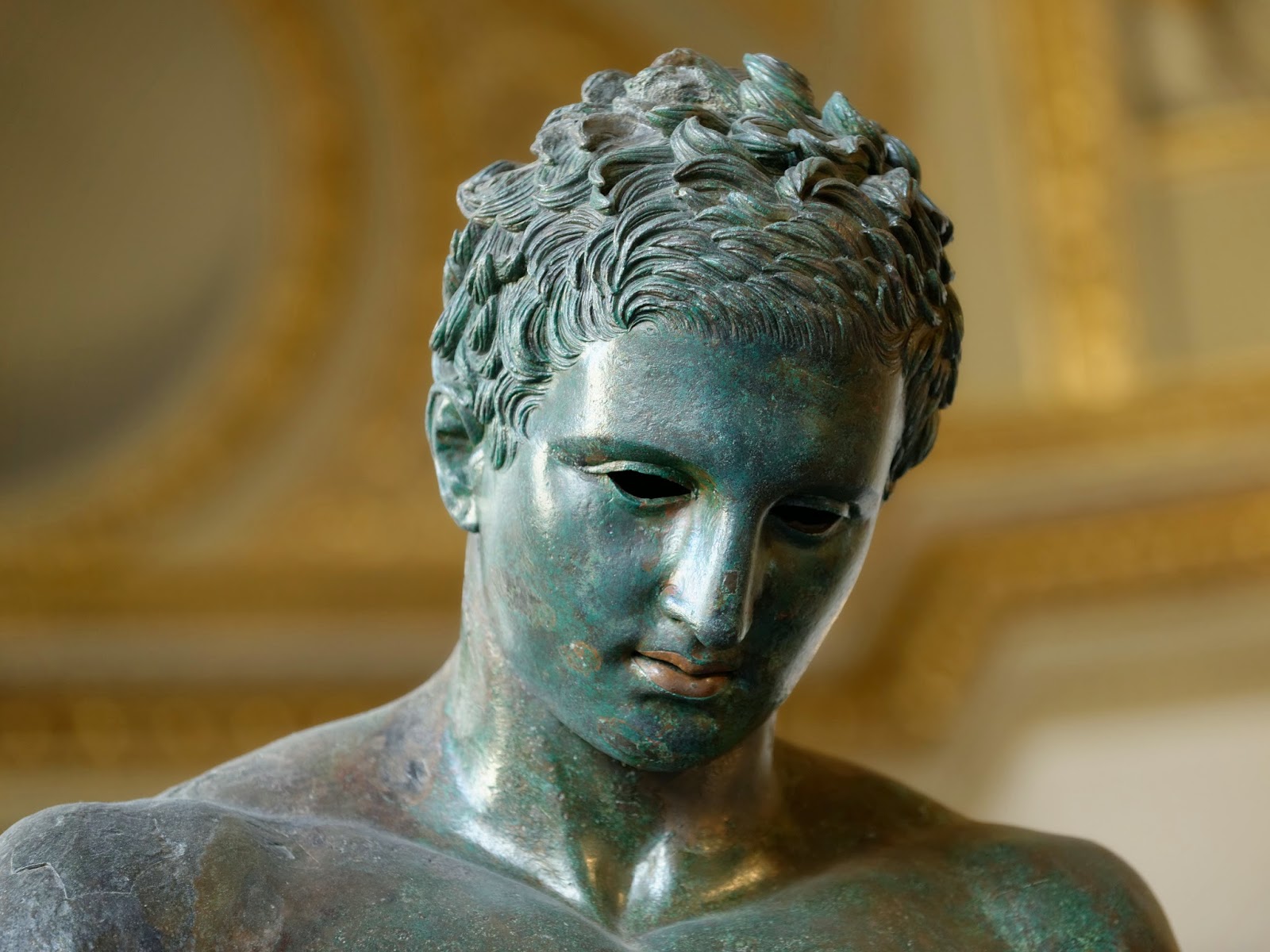
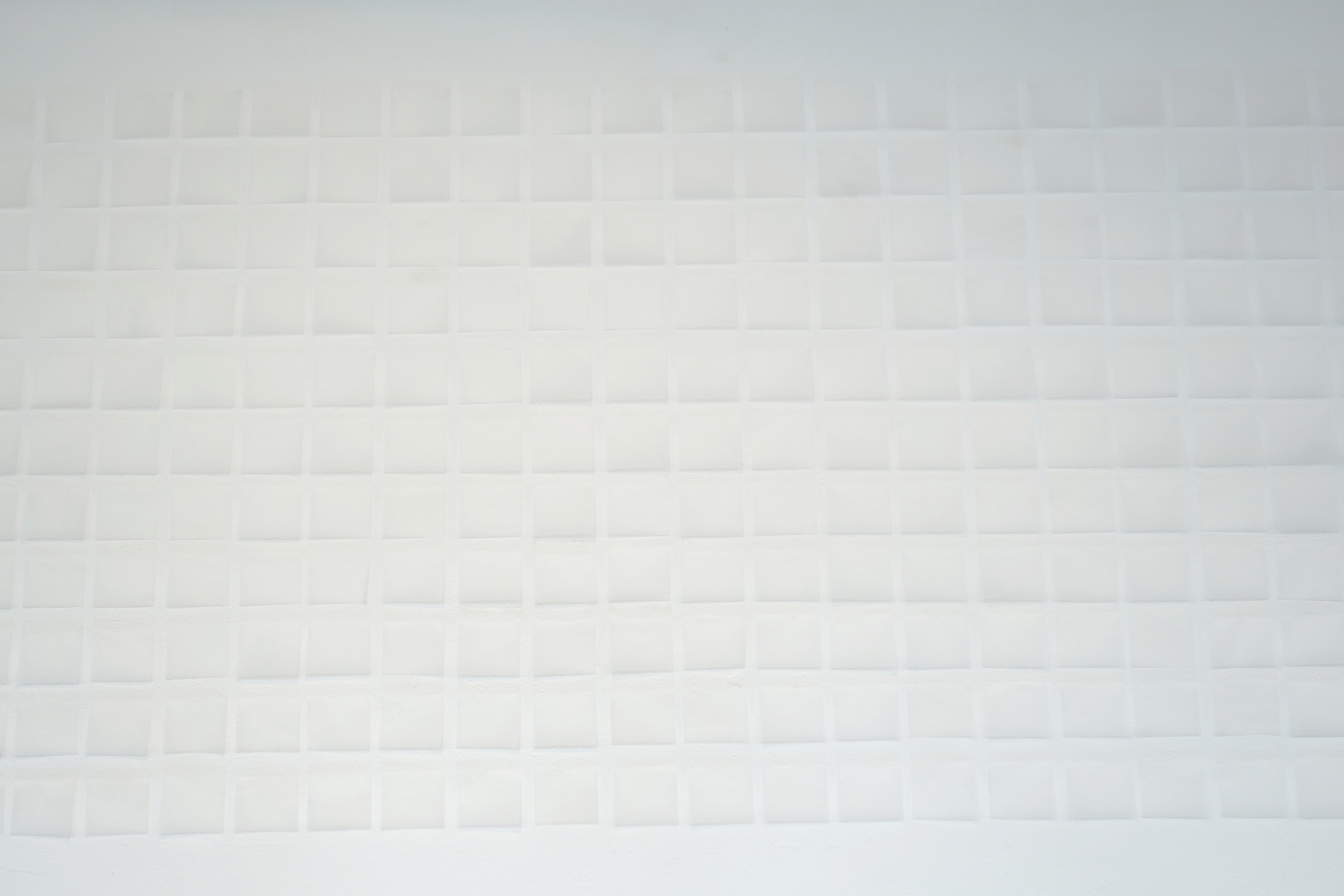
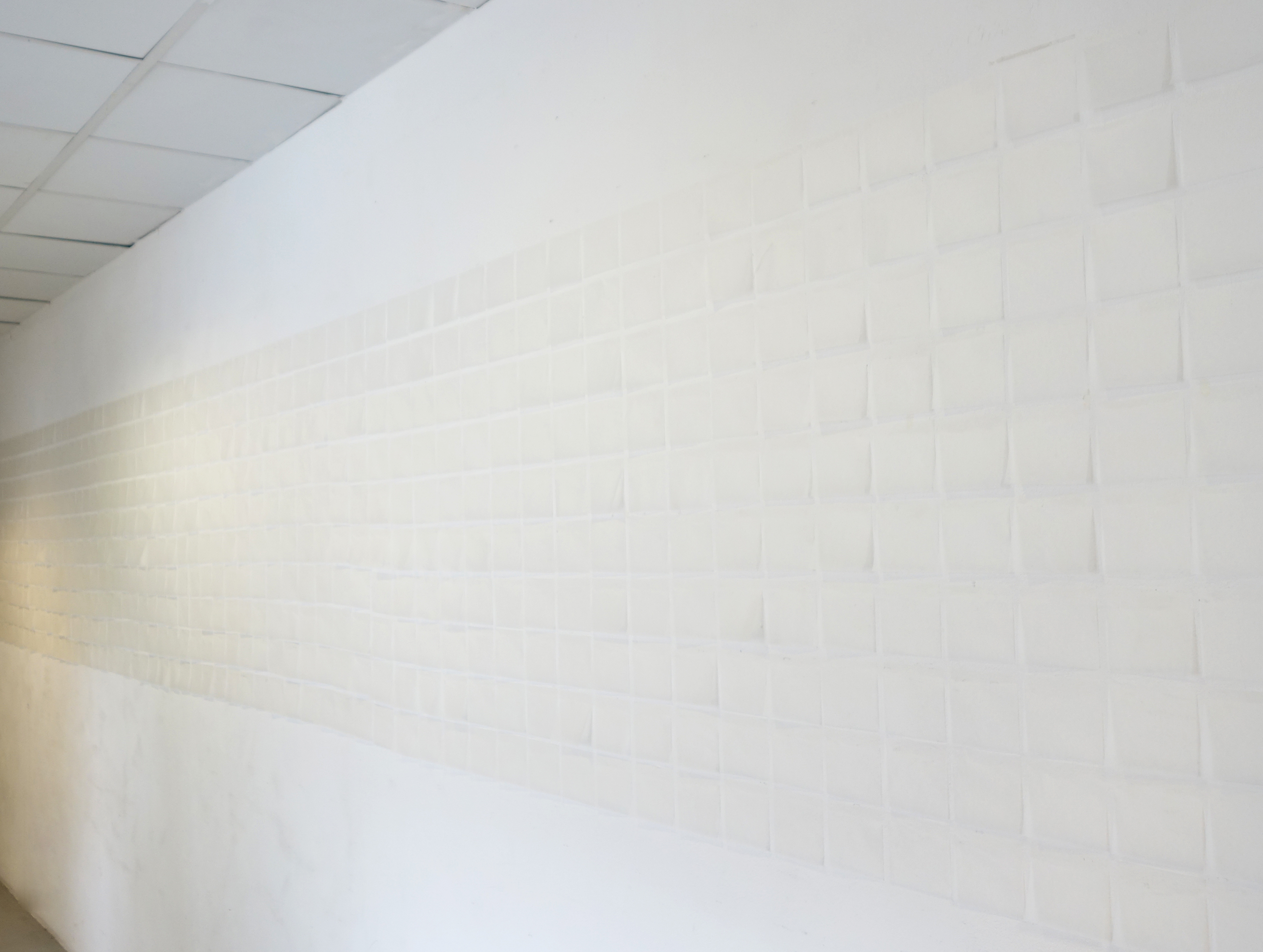


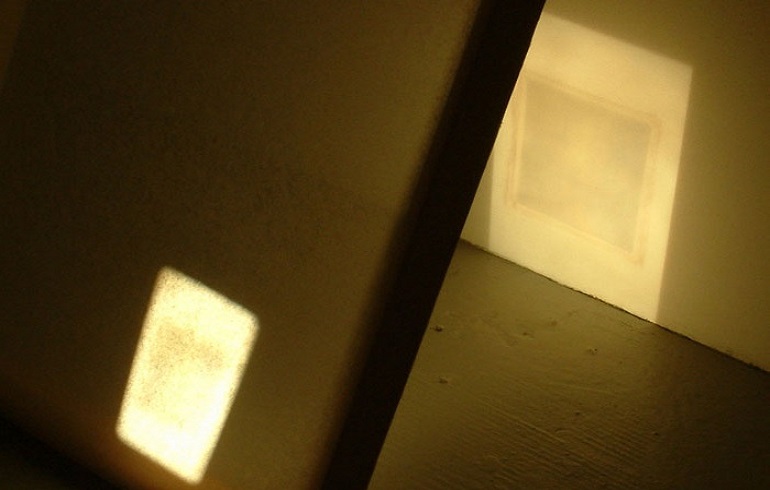
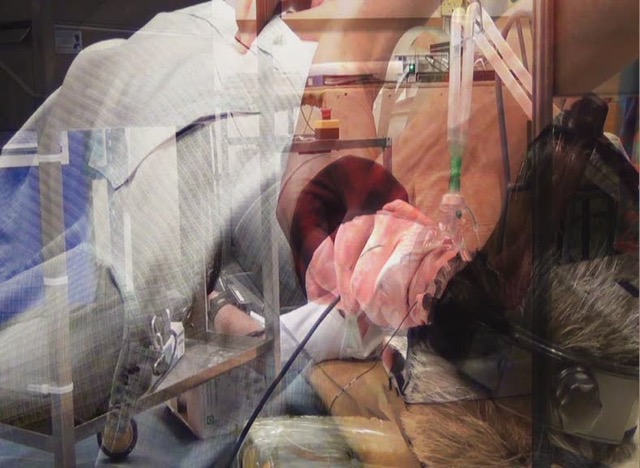
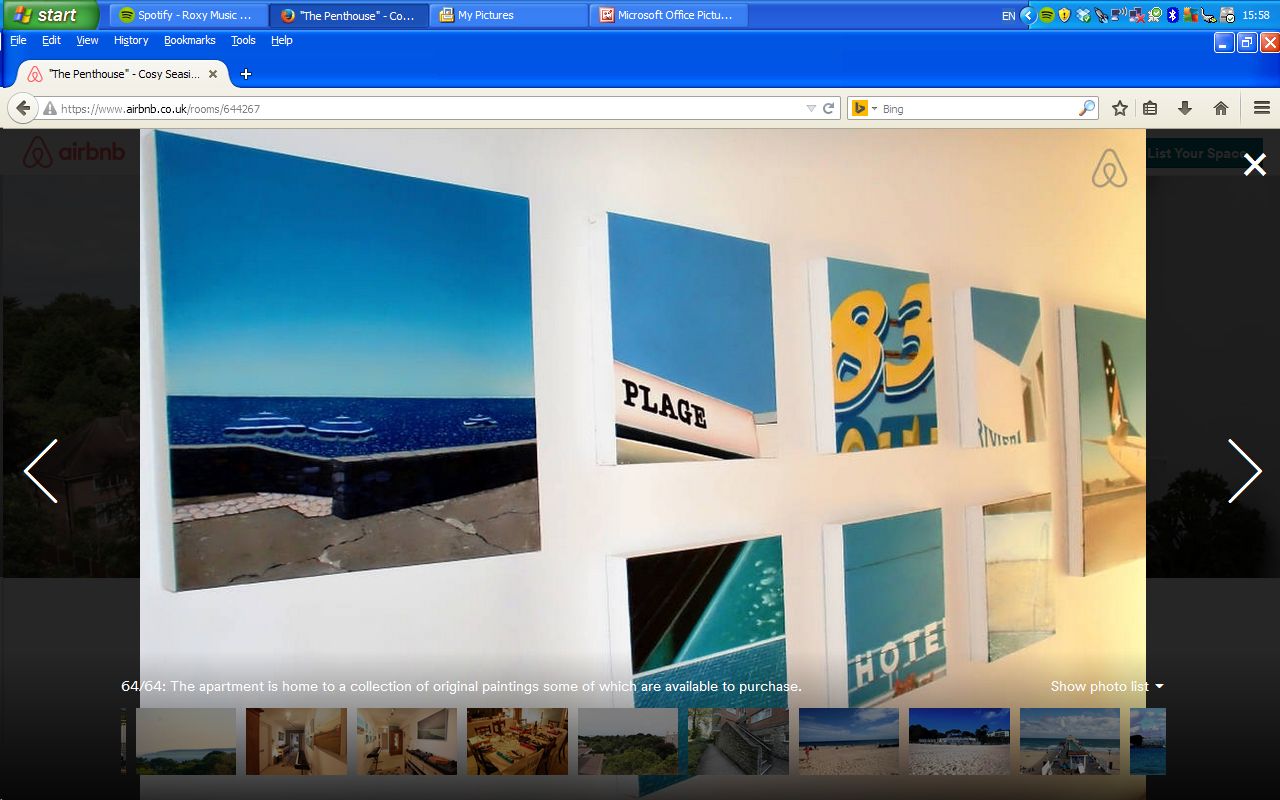



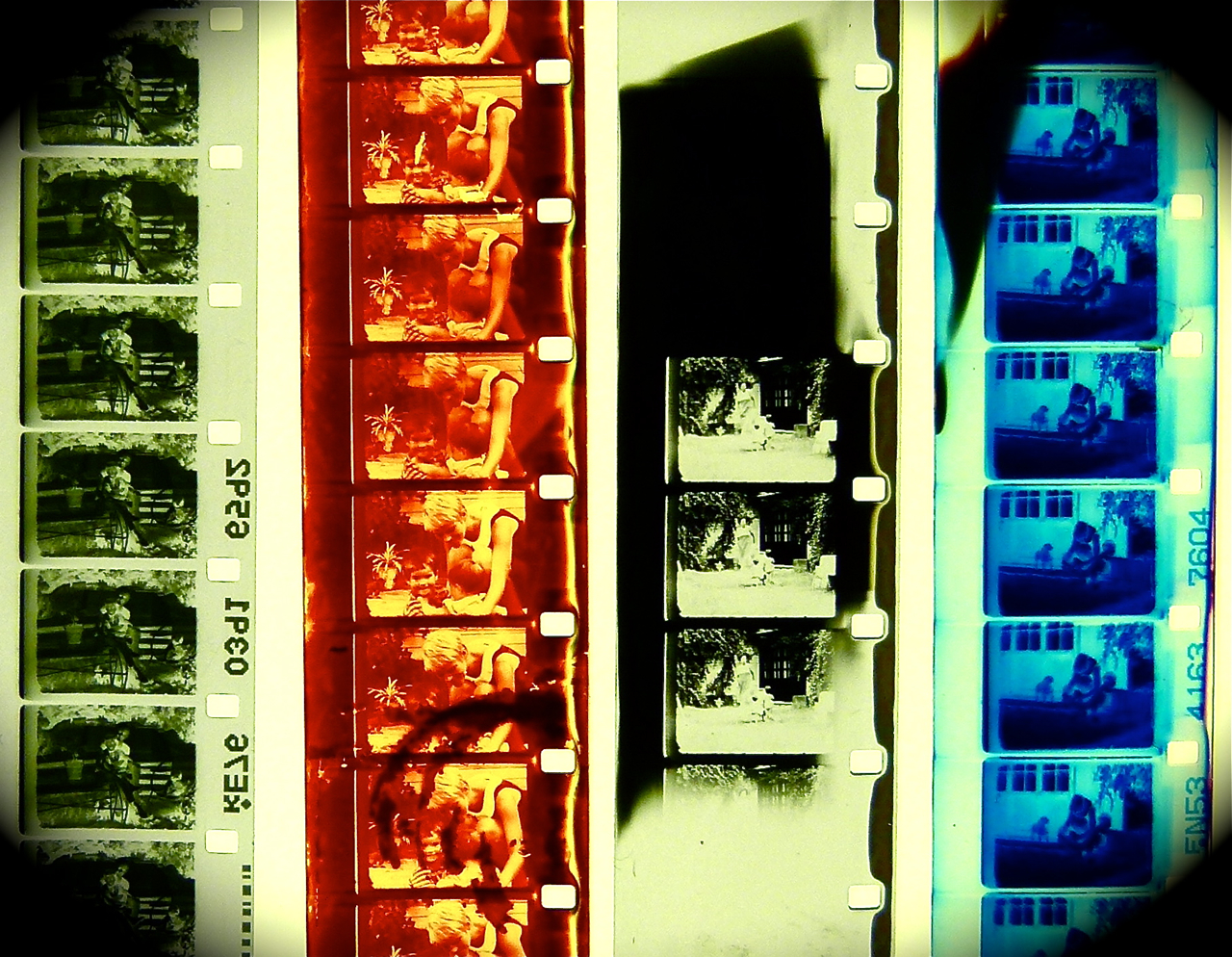
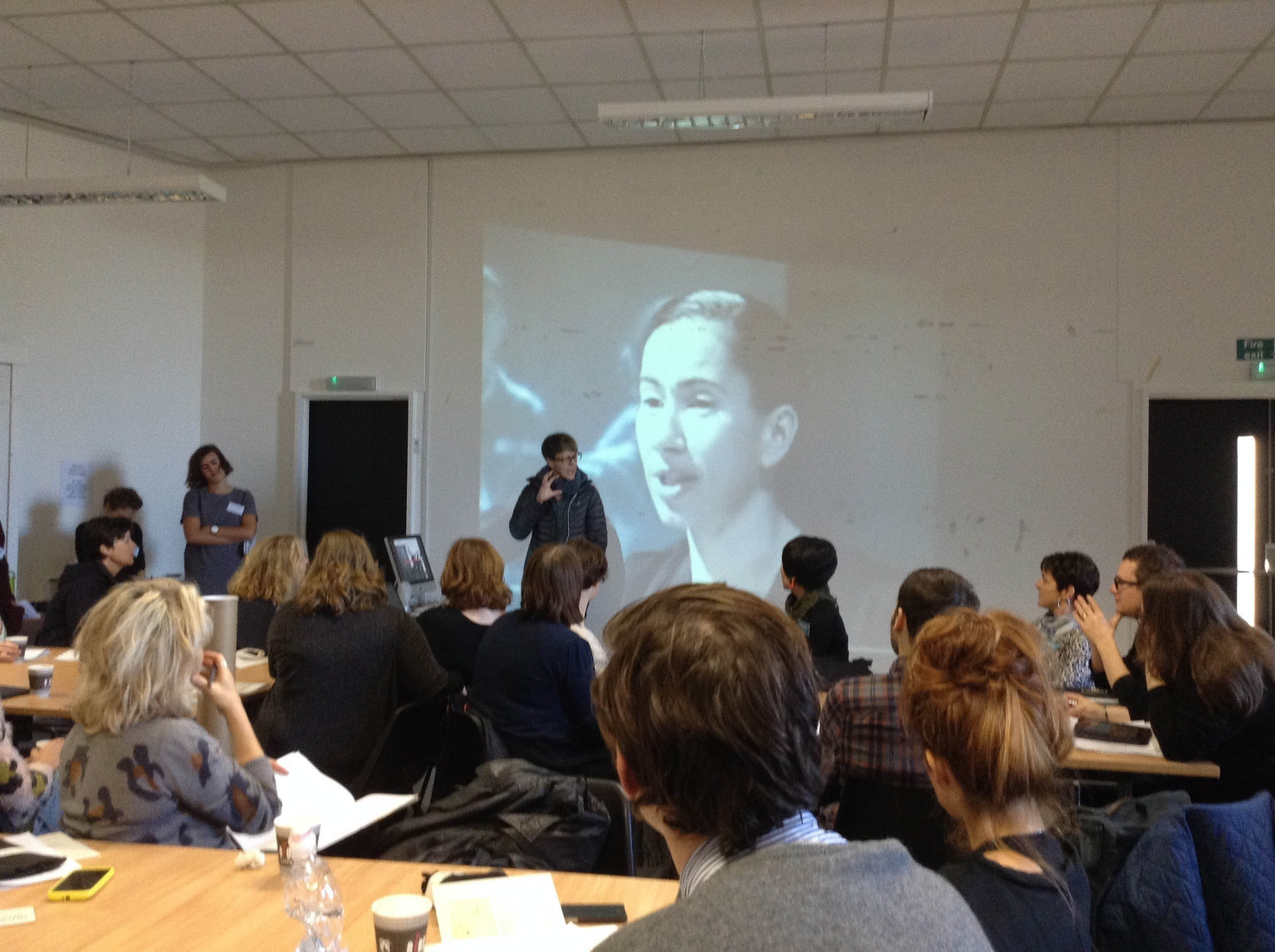

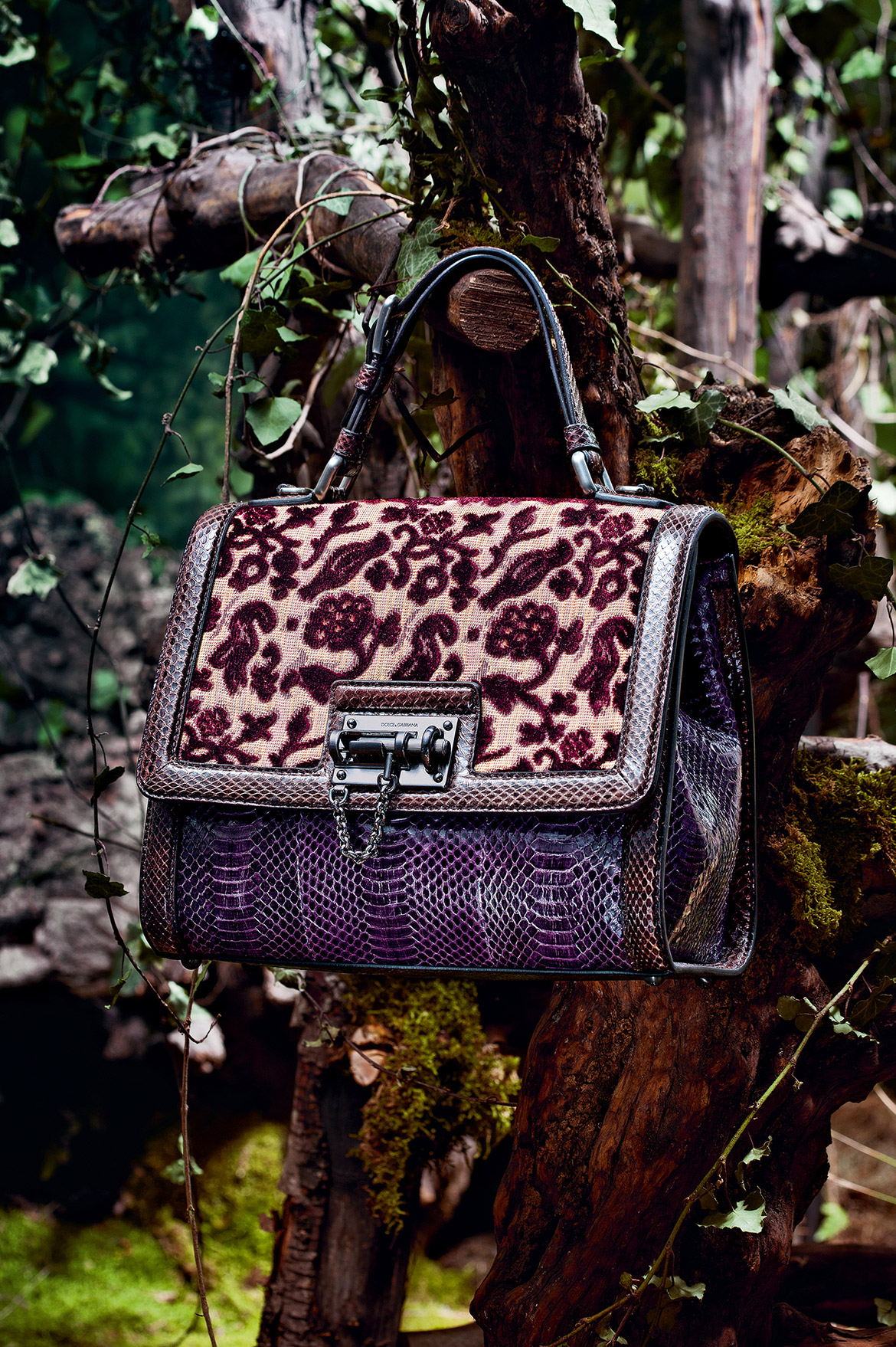

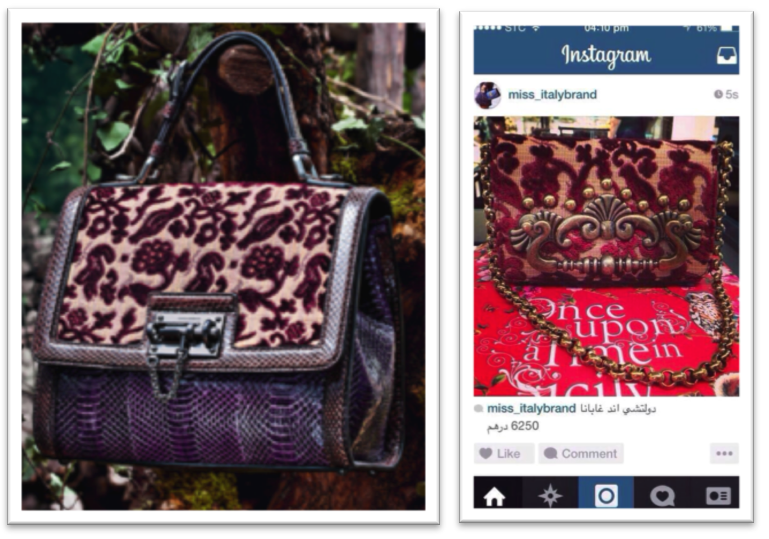


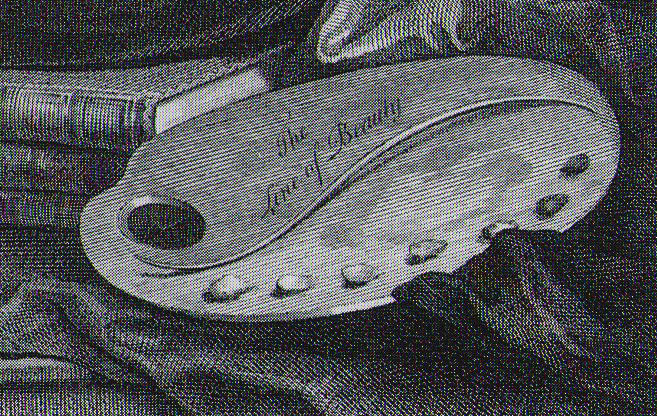
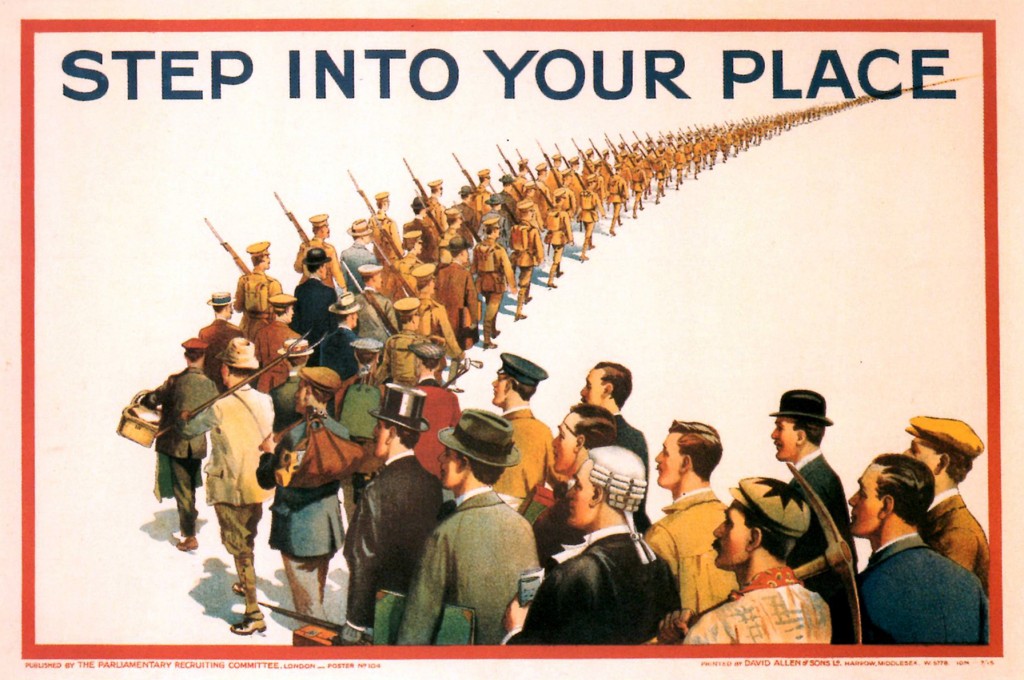
![William Hogarth - 'The Line of Beauty' 1745 [Detail]](http://blog.soton.ac.uk/wsapgr/files/2014/10/William-Hogarth-The-Line-of-Beauty-1745-Detail-300x300.jpg)